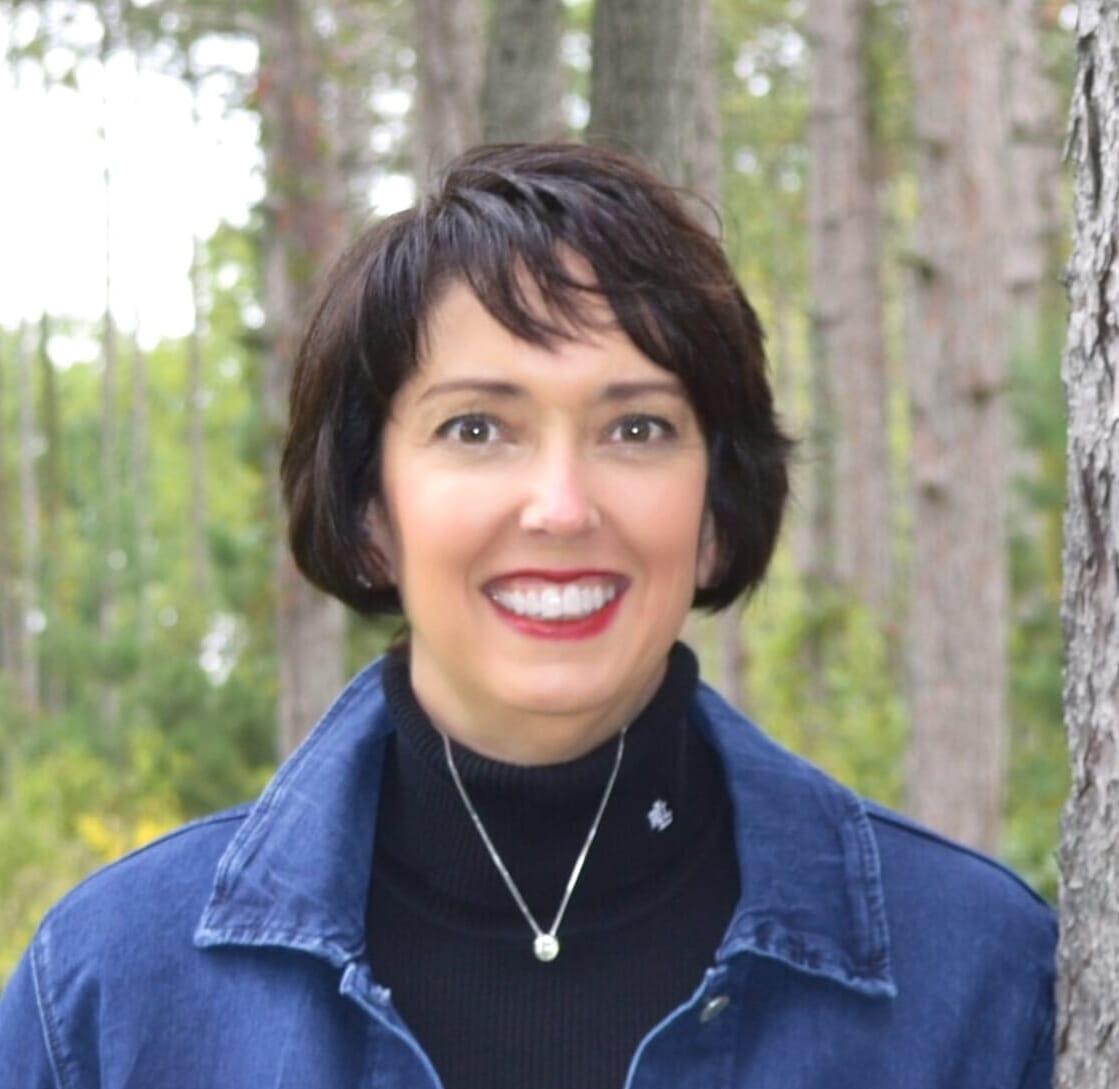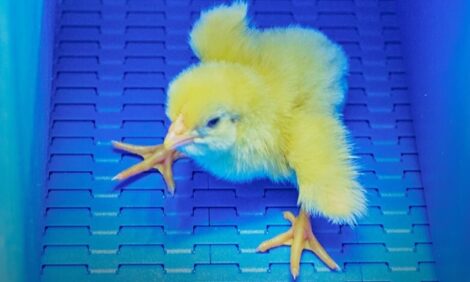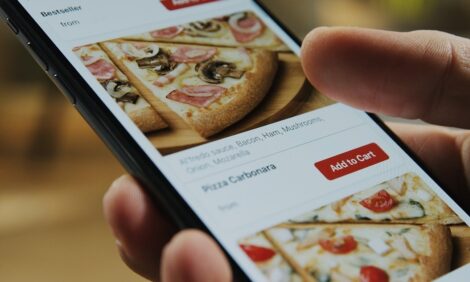



IPPE: Evonik’s bold visual campaign sparks discussion about animal production
Evonik is pushing the industry to think differently about how they feed their animalsEditor’s note: this interview has been edited for length and clarity.
Dr. Dirk Hoehler, Senior Vice President Essential Nutrition at Evonik, recently spoke to The Poultry Site’s Sarah Mikesell at the International Production & Processing Expo (IPPE) in Atlanta, Georgia, US.
Tell me about the theme of the Evonik booth - Sciencing the Global Food Challenge.
We are trying to put science into our business, and we want to be different from our competitors. If you see our campaign, especially our images and our visuals, they may be somewhat unpleasant visuals, but we want to be different. We want to stand out in the crowd. We want to provoke our partners and our customers to ask questions and to react to what we are saying and what we are doing.
We started with this approach in Hanover at EuroTier in November, then we did it at Poultry India in Hyderabad, India. Now we are here in Atlanta at IPPE, and next it will be at the VIV Bangkok show in March. It's also genuinely nice to see the cultural differences and how people react to the messages and visuals we are showing them.
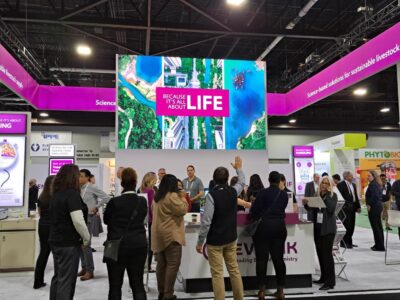
It seems designed to get people to think differently?
Yes, we wanted to start a discussion to think differently because we are an important partner of the food value chain. We all have families and children who ask a lot of questions such as:
- Where does the meat come from?
- How are cows being kept?
- Can they walk around in a pasture?
I believe in transparency about how we keep animals, how we treat animals, and how we produce our most basic foods like eggs, milk and meat. This will only improve and increase in the future. People will continue to ask more questions in the future, and the more transparent we are and the better we explain what we are doing and why we are doing it the better it will be for our overall business and for our kids.
How did Evonik begin the process of developing this campaign?
When Yama Olumi, Evonik’s Head of Market Communication, and I started thinking about a new campaign about a year ago, one of our main drivers was what kind of visuals should we show? What would be the message? What does transparency in the food value chain look like? What can we do differently, and how can we start a meaningful conversation with our customers and our partners in the industry? What came out of that discussion is what you see here at our booth.
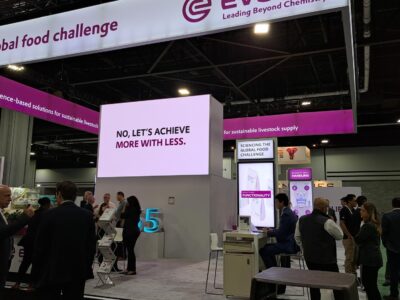
How does the “more with less” concept relate to food and eggs?
We explain more with less in food production. For example, in the world there is still a lot of protein being fed to animals, which means you have a surplus of protein in the feed and a surplus of nitrogen in the feed that the animal cannot convert into meat, milk or eggs. At the end of the cycle, the surplus nitrogen ends up in the air as ammonia or it ends up as nitrate in the groundwater.
This is something we as farmers and producers can avoid. With our tools, knowledge and amino acids, we can help people reduce the surplus. We can formulate more efficient feeds, avoid the surplus and avoid the waste which is ending up in our environment. At the end of the day, we are doing something for the planet by being more sustainable with relatively simple messages.
Sustainability is never complete or finished. We can always change things and become more efficient. There's always scientific evidence of what we can change and still improve. It's never finished. We need to keep working on it.
One of the key words in the booth is science. Evonik, as a business, is very dedicated to research and data. Can you expand on this?
Yes, science is one of our basic foundations. Whatever we do in our research, whatever we do with our products and services, it all needs to be true. We don't want to promise anything we cannot prove or that is wrong. We want to be able to show and demonstrate everything we do with solid technical and scientific data. Science is one of our basic principles.
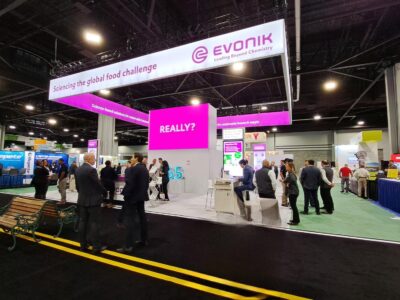
Circling back to Sciencing the Global Food Challenge, bottom line – what will something like this really mean for your customers?
For our customers, it means that we are serious about what we are doing. We are serious about our business and stand behind our products and services. But at the same time, we want to be completely open and transparent to the consumers. We want to tell them what we are doing, and we also want to explain and tell them what we can improve, and what we can do better in the future. I think from the customer contacts I’ve had here and at other shows, I can confirm that most of the customers do appreciate this kind of discussion.
Learn more at Sciencing the Global Food Challenge.







